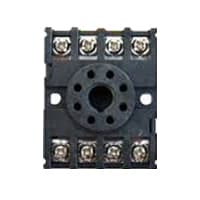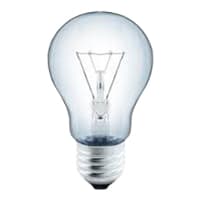Star Delta Timer Wiring Diagram:
This diagram shows how to make a star delta timer wiring diagram. In this circuit, we use an on-delay timer and 2 lights. First, we need to input the phase line into the timer and then input the neutral line to the timer, then input phase and neutral line to all lights from the timer. Now this circuit is ready for use. This circuit is very simple and it’s easy to make. If you want to know more about this circuit please check our youtube video below the post.
Advertisements
Components needed For this Project:
You can get the components from any of the sites below:
*Please note: These are affiliate links. I may make a commission if you buy the components through these links. I would appreciate your support in this way!
Advertisements
Components used to make the Star Delta Timer Wiring Diagram:
A timer is a type of time-switching device that controls and controls Electrical circuits and electrical and electronic devices through time setting (on/off). The timer is basically 8-pin. Like other controlling devices the timer has a coil and when this coil is magnetized, the timer works on/off. The timer has 2 common ends and each common end has normally close and normally open options. When the timer is set by time, the timer trips at the end of that time and turns the common is normally closed (on) to open (off) and normally open (off) to close (on). This is how the timer works.
02. CFL Light:
CFL stands for Compact Fluorescent Lamp which is an improved version of tube lights of earlier days. Like tube lights, it is a vacuum glass tube with fluorescent powder coating which is not as long and straight as tube lights but curved/twisted compact, or small in size. Like a tube light, it has electrodes or filaments at both ends. But in this case, instead of a choke, there is an electronic circuit that drives the Compact Fluorescent Lamp. Because the red wave is less in the light of the Tubelight and Compact Fluorescent Lamp, the object looks a little pale or the correct color of the object does not appear.
Thank You for visiting the website. Keep visiting for more Updates.
Frequently asked questions
One common approach is to use a single-phase transformer, which can be connected to two of the three phases of the 3-phase system to create a single-phase output. Another method involves using a rotary phase converter, which uses capacitors and inductors to create a single-phase output from the 3-phase input.
By far the simplest method of obtaining a single-phase output from a three-phase supply is to place a single-phase transformer across 2 phases of a three-phase supply. The effect of this system is to pull the full rated current flow in two of the supply lines and zero current flow in the third line.
To run a 3-phase AC motor using a DC power supply, you would need to use an inverter to convert the DC power to AC power. The inverter should produce a three-phase AC output with the required voltage and frequency to match the pump's specifications.
Single phasing is a condition that occurs when 1 of the 3 phases that supply voltage to a three-phase pump is lost. When this occurs the current supply across the remaining 2 legs can go to 1.73 times (173%) the normal FLA (please refer to the figure below).
The initial purchase cost could be higher than single-phase generators. They could be more challenging to maintain and repair, as they have more parts that could break down. Three-phase generators could produce more noise than single-phase generators, making them less ideal for use in residential settings.
Read more Single Phase Wiring
What is a kilowatt-hour (kWh) | kwh formula | What does kwh mean
Introduction to Electrical Units and CircuitskW and kWh on your electricity bill As your home uses electricity during...
What is the Difference Between kVA | What does KVA mean | kVA formula
Difference Between KVA ExplainedWhat does KVA Mean? There are technical terms aplenty when it comes to generators, and...
Power Factor | Power Unit | Energy | Electricity Unit
Power factor definition | Calculating Power FactorPower Factor Values In a purely resistive circuit, the power factor...



0 Comments